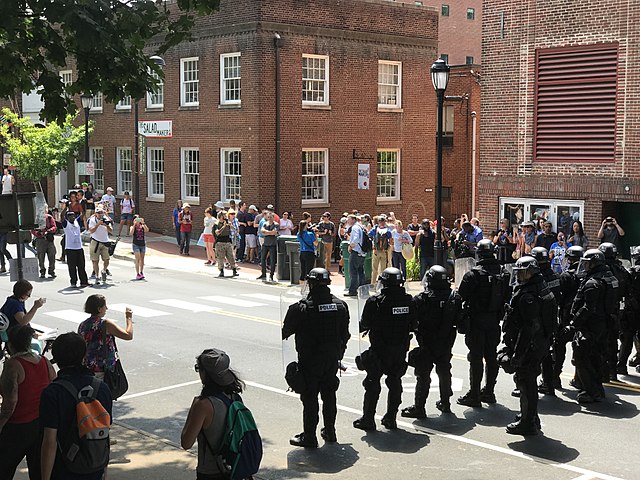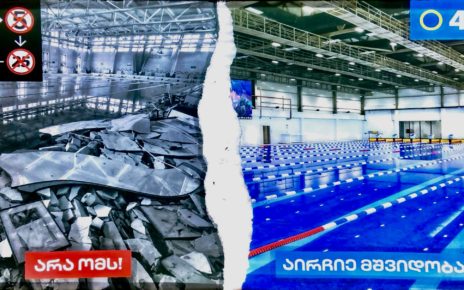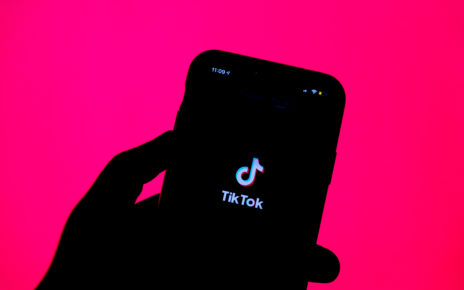It is no secret that Russia has been engaging in efforts to influence elections across the Western world in recent years. The governments of France, the UK, Germany, the US, and many others have provided evidence of Russian attempts to influence their elections. Intelligence services believe that Russia’s ultimate goal is to destabilize the US-led liberal democratic order by dividing its citizens and undermining public faith in democratic institutions.
One of the components of this Russian influence campaign has been the use of trolls on social media. On social media, a ‘troll’ is being defined as a person who posts and comments on social media to either elicit a reaction from other users or move the conversation towards a more inflammatory direction. For better or for worse, most people today get their news, at least partially, from social media sites like Facebook or Twitter. The goal of this series is to use publicly available data to assess the validity of Western intelligence claims that Russia is actively attempting to undermine liberal-democratic values via social media.
The data used in this analysis was compiled by professors Darren Linvill and Patrick Warren at Clemson University. Twitter provided Congress with a list of confirmed troll accounts affiliated with the Saint Petersburg based Internet Research Agency (IRA). Linvill and Warren then collected every tweet associated with these accounts. The data can be found here.
To begin, we will be looking at the use of IRA Twitter trolls during the 2016 US election and afterwards.
Graph 1:

Graph 1 shows the frequency of tweets per day from March 1st, 2015, to January 1st, 2018. The tweets used in this graph and the following graph have been filtered to include only English-language tweets associated with accounts masquerading as American individuals or organizations. The variance in the data is massive, with Russian troll activity averaging 572 tweets per day, but with spikes on some days reaching up to 17,186. These spikes on the graph have been correlated with controversial news events that occurred on or around the same day. This correlation supports the conclusion of US intelligence agencies that Russian trolls were interfering in the 2016 election and capitalized on divisive issues and events in an effort to further polarize American society.
In the next graph, we we will be looking at the 15 days that saw the highest volume of Russian troll activity, to get a better sense of the events that may have driven the increase in activity.
Graph 2:

Graph 2 shows the 15 days with the most Russian troll activity. These days represent outliers. The range during these 15 days was between 3164 to 17186 tweets. These 15 days with the most troll activity correspond to nine notable news events. These nine events fall into three broad categories: important days in the US 2016 election, divisive events, and events relevant to Russian foreign policy.
The days which fall into the category important days in the US 2016 election are Trump and Clinton being formally invited to the presential debates, the Wikileaks DNC email dump, and Access Hollywood tapes being released. The reasoning behind the spike on election day is self-evident, and the spike when the debates were announced could be explained by the Russians wishing to instill outrage that the third-party candidates were not included, or cast doubt on the fairness of the debates. The Wikileaks DNC email dump and the tweets on that day and the following day could have been an attempt to distract from the Access Hollywood tapes story. Interestingly, the biggest spike in tweets occurred the day before DNC Chairman John Podesta’s emails began to be leaked and when the Washington Post published the infamous Access Hollywood tapes. This could indicate that the Russians had advanced knowledge of the story, however, this is impossible to prove with publicly available information.
The divisive events category are all events where there was a clear partisan divide or events which could be easily exploited via disinformation to create resentment towards particular communities, for example Muslims and people of colour. These include the EU rescuing 5000 migrants from the Mediterranean, the Dylann Roof indictment, Paris Attacks, Brussels Bombings, New York and New Jersey Bombings, Access Hollywood tapes being released, and the aftermath of the Unite the Right rally in Charlottesville, Virginia. The terrorist attacks, and the EU saving migrants at sea, likely resulted in spikes of troll activity in an effort to stir up resentment towards Muslims. The Dylann Roof indictment could have been exploited to energize white supremacists, as with the aftermath of the Unite the Right rally.
The last category, events relevant to Russian foreign policy, include former US Secretary of State John Kerry leaving for Moscow for talks on Syria and Donbass, and the Obama administration mistakenly killing over 100 Syrian government troops in an airstrike (Russia is a key ally of the Syrian government). It is possible that the tweets corresponding to these events were meant to engender support from the American public for Russian foreign policy objectives, or simply reduce the American public’s support of US foreign policy objectives.
It seems clear that these spikes in Russian troll activity are not random, as they align closely with events about which Russia may have an interest in spreading disinformation, and could be used to further polarize American society. If Russia’s goal is to exacerbate tensions within the US, and NATO members more generally, then the findings in this analysis seem to support that conclusion. However, since the content of the tweets was not analyzed in the current study, a concrete conclusion cannot be drawn. Future analysis will look at the content of these tweets to confirm whether or not the tweets on these specific days do, in fact, discuss the events outlined in this analysis.
Featured image: Protesters and police at the ‘Unite the Right’ rally in Charlottesville. Credit: Wikimedia Commons.
Disclaimer: Any views or opinions expressed in articles are solely those of the authors and do not necessarily represent the views of the NATO Association of Canada.




